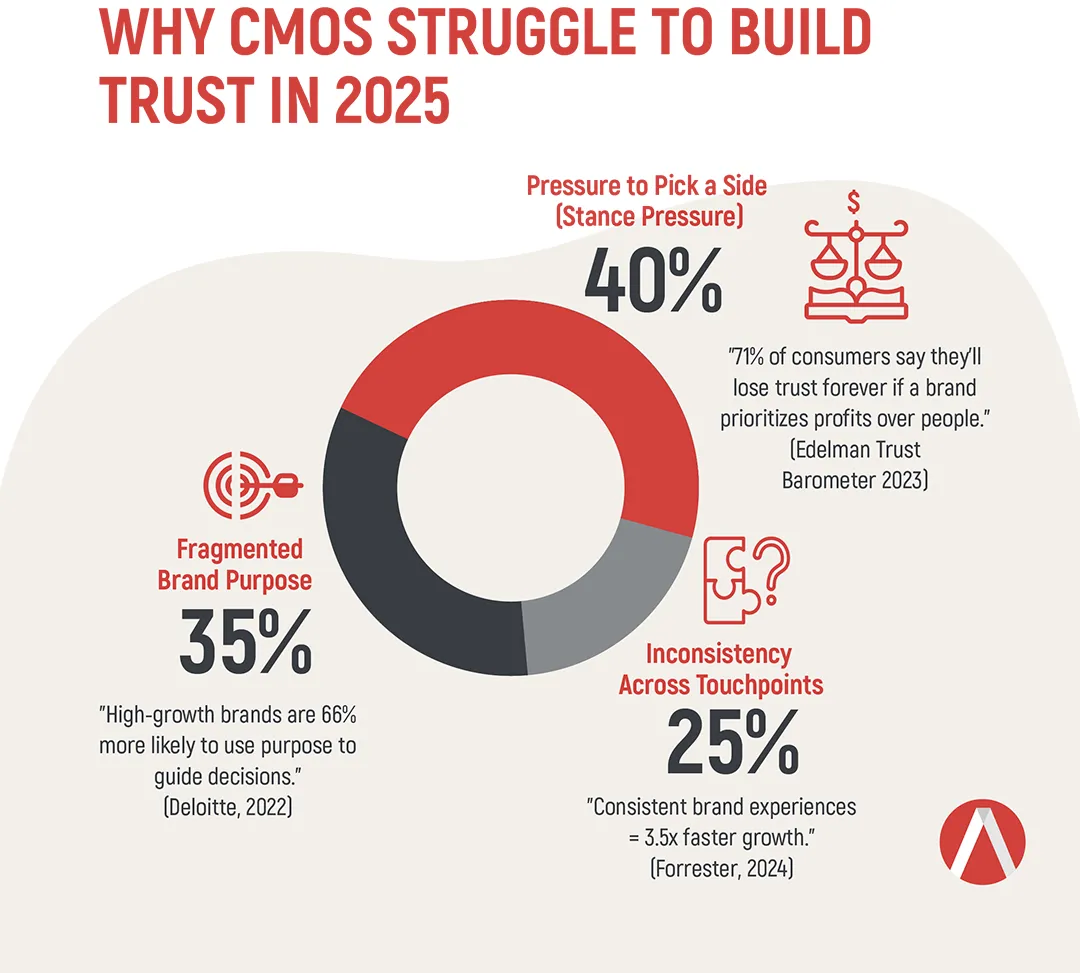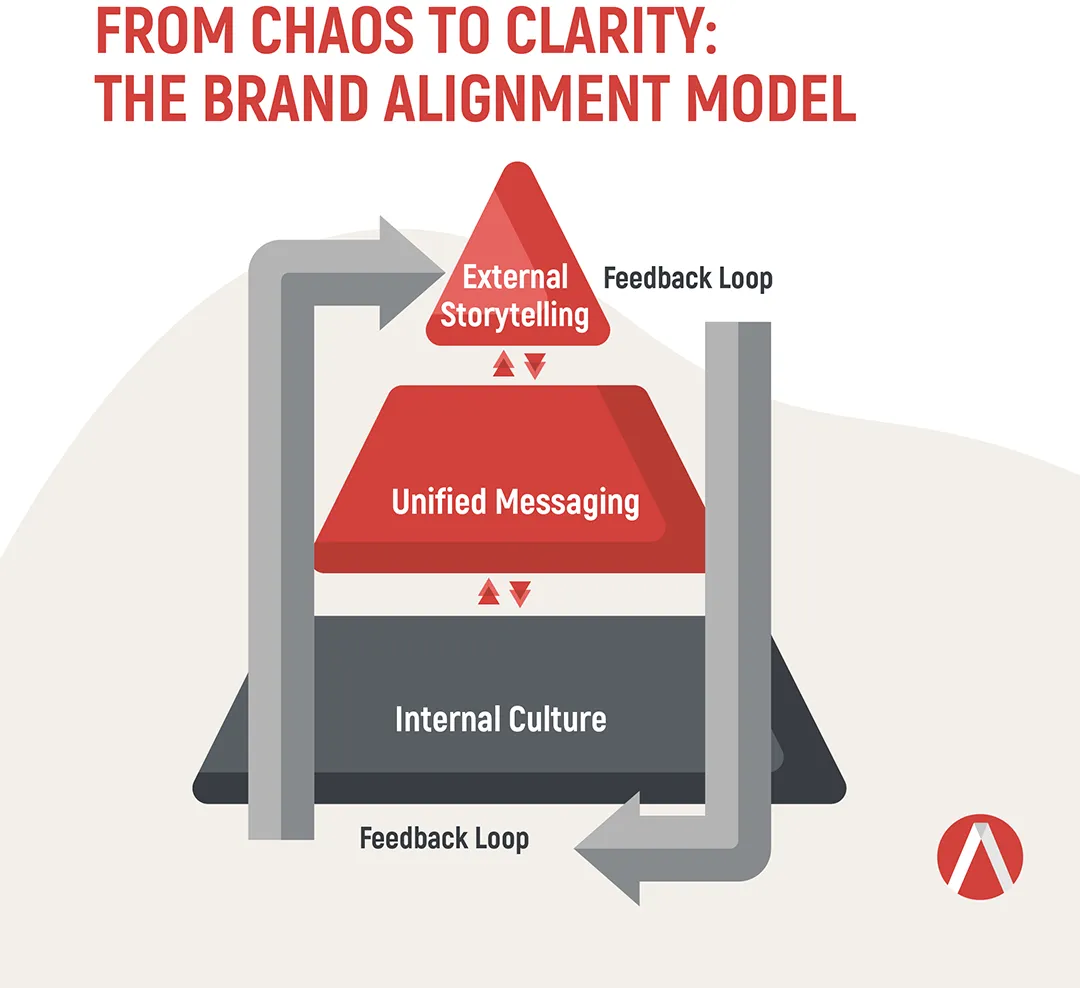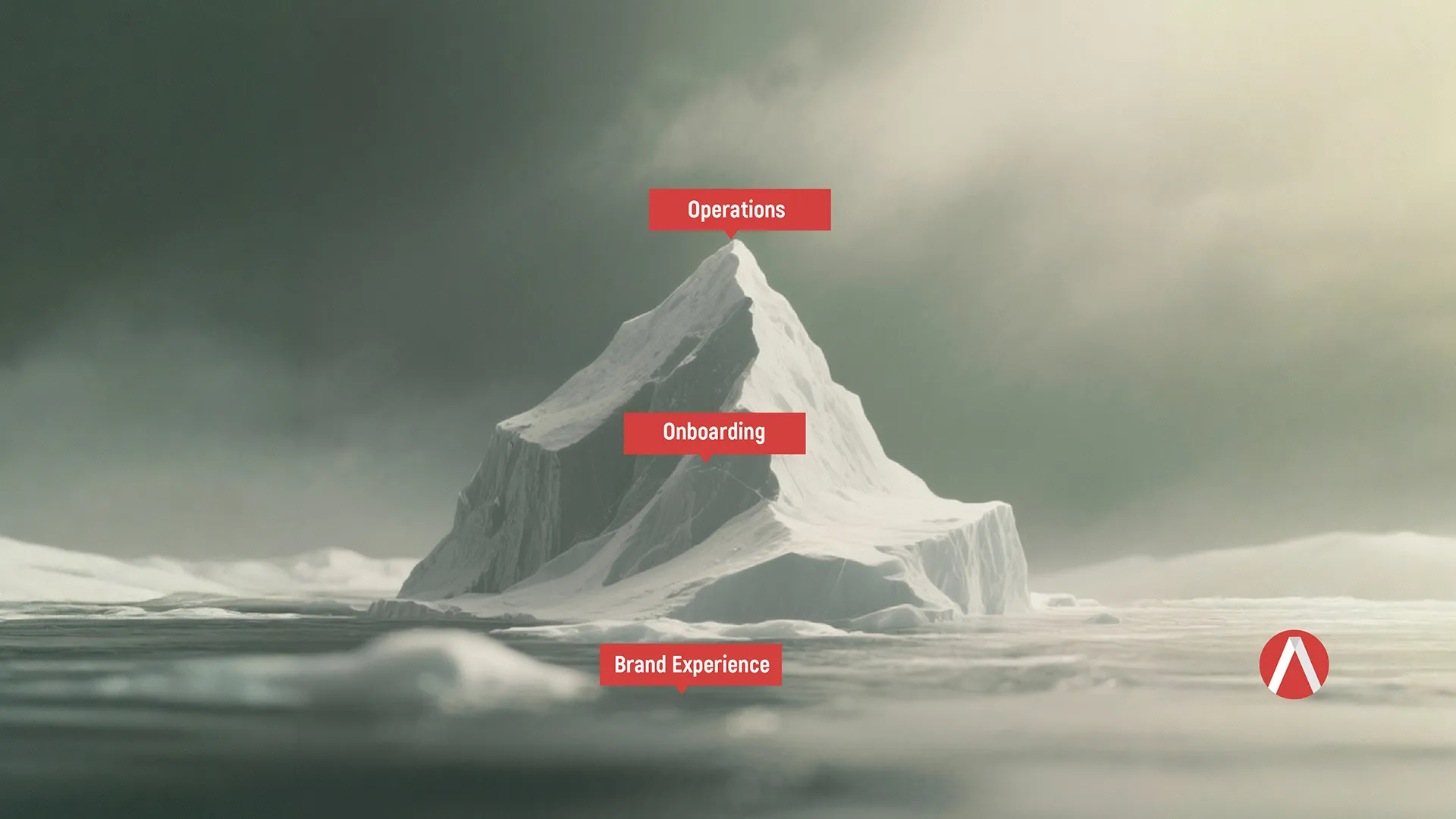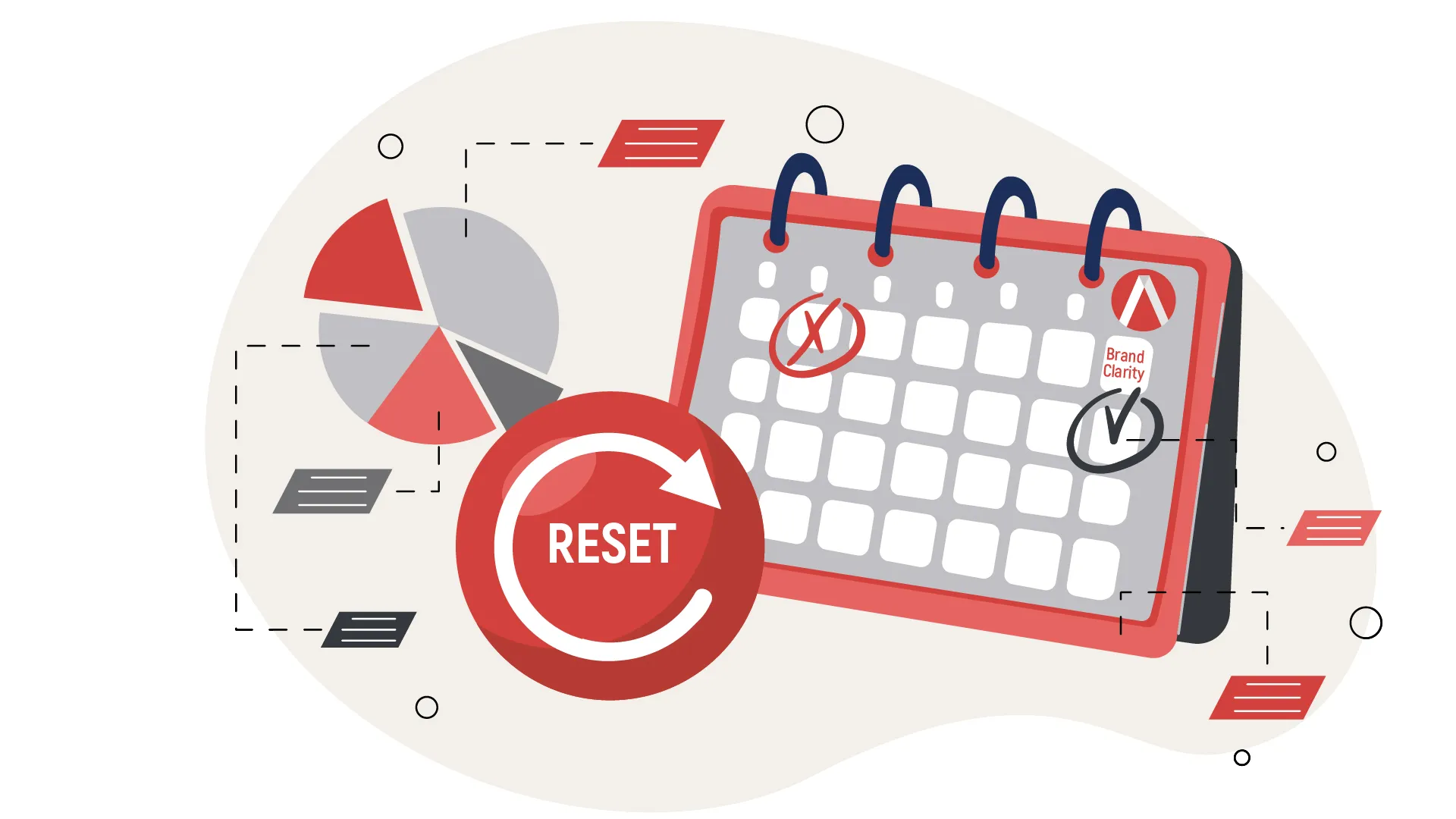Key Takeaways:
- A fragmented brand purpose weakens relevance.
- Pressure to take social or political stances can backfire without authenticity.
- Inconsistent brand experiences across departments erode trust.
- Executives must drive alignment between internal culture and external storytelling.
- Success starts with a transparent, values-driven identity lived from the inside out.
When Strategy Meets Soul…and Falls Apart
If I’ve learned one thing in my years leading Avocet, it’s this: your brand isn’t just what you say. It’s what you do. It’s what people feel when they experience your business.
But lately? I’ve seen far too many brands spiral into what I call a strategic identity crisis.
The signs are everywhere: disjointed messaging, campaigns that alienate core audiences, and brands flip-flopping on values to chase applause or avoid backlash. It’s not just noise. It’s confusing. And confusion is the enemy of connection.
Let’s talk about what’s behind this, how we got here, and what to do about it.
The Identity Crisis in Three Acts

1. Fragmented Brand Purpose in a Divided World
We live in an era of hyper-personalization and hyper-polarization. An odd, even confusing and most definitely challenging, juxtaposition, to be sure. Everyone expects a brand to get them. But trying to please everyone often leads to resonating with no one.
More than ever, brands need a clear, cohesive purpose. Not the generic “make the world a better place” fluff. But a sharp, rooted reason for existing, one that aligns with customer values and company actions.
Stat to know: High-growth brands are 66% more likely than their lower-growth peers to view purpose as a means to guide employee decision-making, highlighting the strategic advantage of internal clarity around brand purpose. (Deloitte, 2022 Global Marketing Trends Report).
2. The Pressure to “Pick a Side”
Stakeholder capitalism has rewritten the rules. Today, consumers, investors, and even employees expect brands to take a stand on social, environmental, or political issues. Silence is no longer neutral.
But here’s the kicker: authenticity is non-negotiable.
Stat to know: Don’t post a rainbow logo in June if your hiring practices aren’t inclusive. Don’t pledge sustainability if your supply chain tells another story. In fact, 71% of consumers say they’ll lose trust in a brand forever if they believe it’s prioritizing profits over people, underscoring just how unforgiving audiences are when brands fail to walk their talk. (Edelman Trust Barometer, Special Report: Brand Trust 2023) Stances must align with lived behaviors, not just campaign copy.
3. Inconsistency Across Touchpoints
Here’s where most brands quietly lose trust: the customer experience feels different on every platform. Sales says one thing. The website says something else. Social media, well, that’s a wild card.
This happens when departments operate in silos and brand guidelines are seen as optional.
Cohesion isn’t just good practice, it’s good business.
Bonus “aha!” stat to know: Brands that deliver strong, consistent experiences across touchpoints don’t just earn goodwill—they drive growth. According to Forrester’s 2024 U.S. Customer Experience Index, companies that excel in both brand and customer experience grow revenue up to 3.5x faster than their competitors and enjoy significantly higher customer loyalty. (Forrester, 2024)
Rebuilding Your Brand from the Inside Out

To fix a strategic identity crisis, the solution isn’t more messaging. It’s more alignment.
As CEOs and CMOs, we have to lead this. Here’s how I guide our clients through it:
1. Audit Your Brand Soul
Go beyond logos and taglines. Ask: What do we stand for? Is it still relevant? Do our people believe in it?
If your purpose isn’t authentic to your internal culture, it’s going to collapse under external pressure.
2. Bridge the Culture/Story Gap
This is where the magic happens. Align your internal reality with your external narrative. Your frontline employees should embody the same values your homepage proclaims. It’s not a brand strategy if your culture doesn’t buy in.
3. Centralized Messaging, Decentralized Empowerment
Yes, you need brand standards. Yes, you need oversight. But even more than that, you need empowered teams who understand the “why” behind the brand, so they can show up consistently across every touchpoint.
Questions to Consider:
- Can every employee, from the C-suite to customer service, explain your brand purpose in one sentence?
- Have you taken a stand on a cause that aligns with your values, or simply followed the noise?
- Is your customer journey delivering a consistent brand experience, or does it feel fragmented?
- How well do your culture and storytelling align?
- What’s one bold decision you need to make to regain clarity and cohesion?
Final Word: It’s Time to Lead Boldly
A strong brand identity is more than a marketing asset; it’s a leadership imperative. In a world that’s watching what you say and do, there’s no room for confusion, performative stances, or brand whiplash.
We at Avocet specialize in realigning brands with their truest purpose, ensuring the strategy and soul sing in harmony, internally and externally.
Let’s connect and get your brand back on track. Contact Avocet today.






